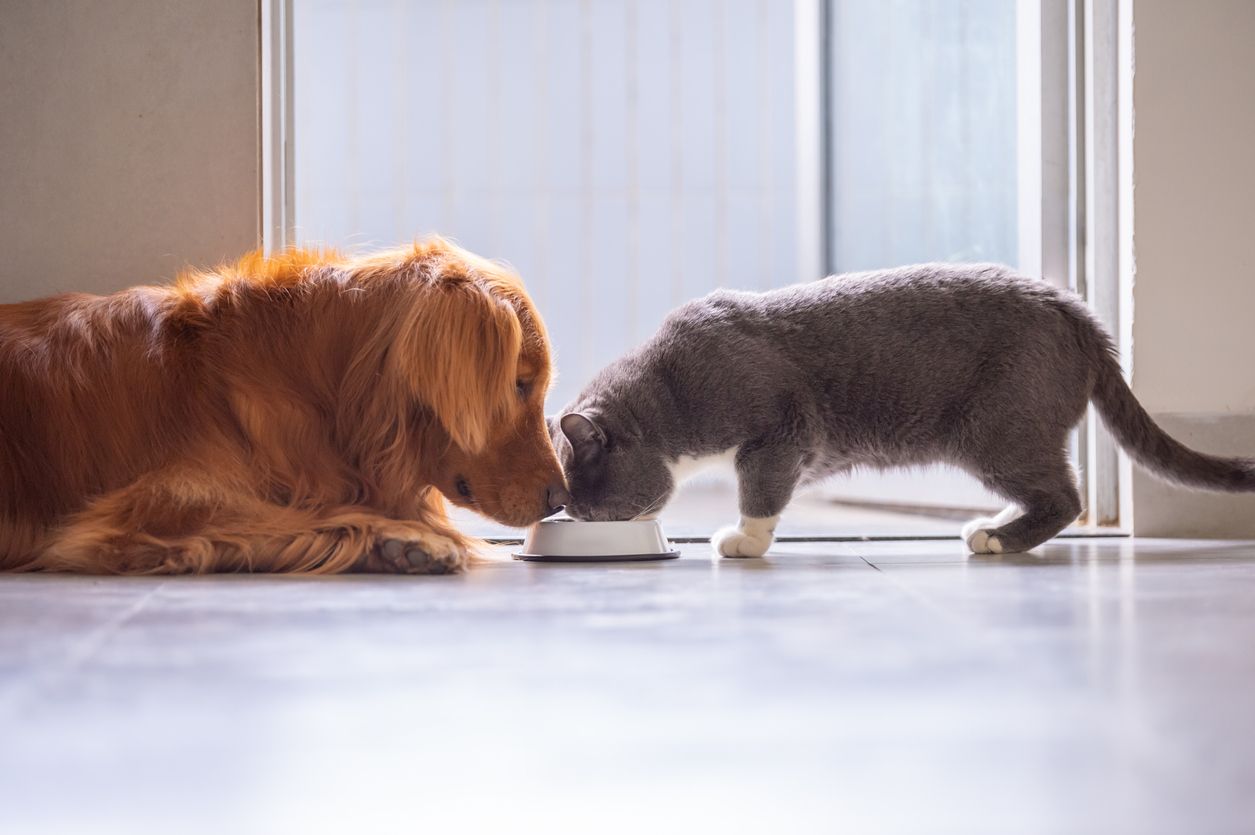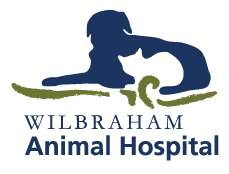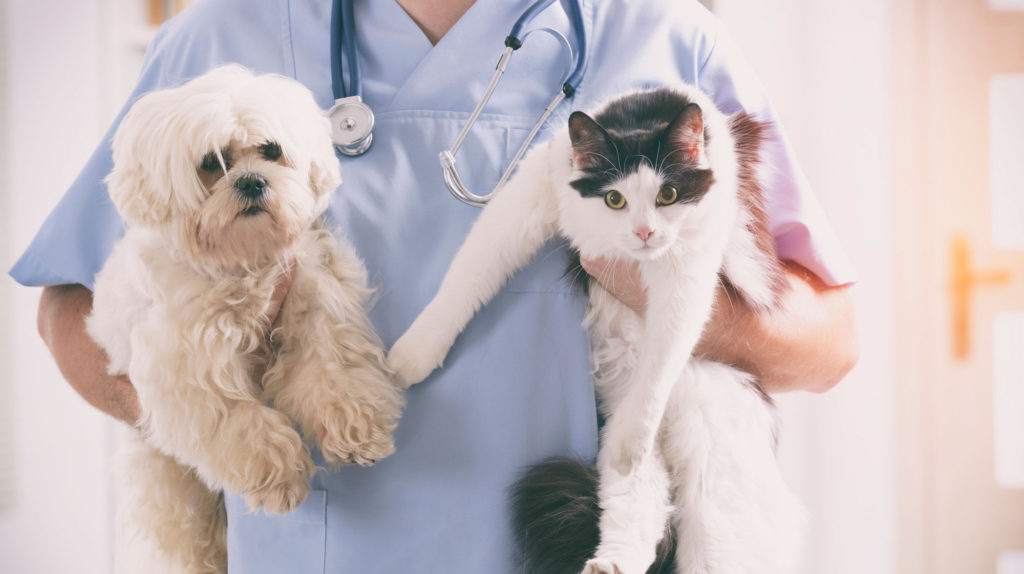Adding a pet to your family can be a rewarding experience, but it's important to…

Reading Your Pet’s Food Label
Reading nutrition labels is important when choosing your pet’s food, but we understand it can get confusing.
The nutrition label on your pet’s food, just like the label on our packaged foods, is there to help you understand what’s in the food, but all the different terms on the package can be hard to decipher.
Here are our answers to some of the common questions you may have when reading your pet’s food labels.
How do I read the ingredient list?
Just like on our packaged foods, the ingredients list is in descending over by weight.
What are byproducts? And are they okay for my pet?
Byproducts are defined as secondary products from any primary food source, so it is essentially what is left over after the intended product has been made. For example, the milling of flour results in the production of several byproducts, one of which is wheat bran. Animal byproducts are often sources of protein and other nutrients. It is always best that you speak with your veterinarian directly about what to feed your pet.
How do I know if the food is meeting my pet’s needs?
While we always recommend you talk to your veterinarian first and foremost, you can also look for the nutritional adequacy statement on the label. Many pet food companies follow regulations set by the Association of American Feed Control Officials (AAFCO) that establish the minimum amount of nutrients needed to provide a complete and balanced diet. The statement will typically say that the food has been formulated to meet the nutritional needs established by the AAFCO and should also mention what life stage the food is appropriate for.
Are the feeding directions accurate?
Feeding directions are guidelines, not regulations. As the FDA says, breed, temperament, environment, activity level, and many other factors can influence food intake, so it’s always best to talk with your veterinarian if you have any concerns about how much you are feeding your pet.
What do all the different terms mean?
We’re continuing to hear more words like organic, natural, grain-free, human-grade and more, but what do they actually mean and should my pet’s food fall in one of these categories?
- Organic: There are currently no official regulations specific to the labeling of organic foods for pets, although the USDA is developing some. In the meantime, dog foods that claim to be organic must meet the ingredient, production and handling requirements of the USDA’s National Organic Program to be considered organic.
- Grain-free: It is best you speak to your veterinarian before putting your pet on a grain-free diet. Grain-free diets are being reviewed by the FDA due to the concern of a possible link of certain dogs/breeds to Dilated Cardiomyopathy.
- Human-grade food: Human-grade food is highly regulated by the FDA and USDA. According to the AAFCO, for a product to be edible for humans, all ingredients in the product must be human edible and must be manufactured, packed and held in accordance with federal regulations. It is not necessarily safer or tastier than high-quality pet foods.



